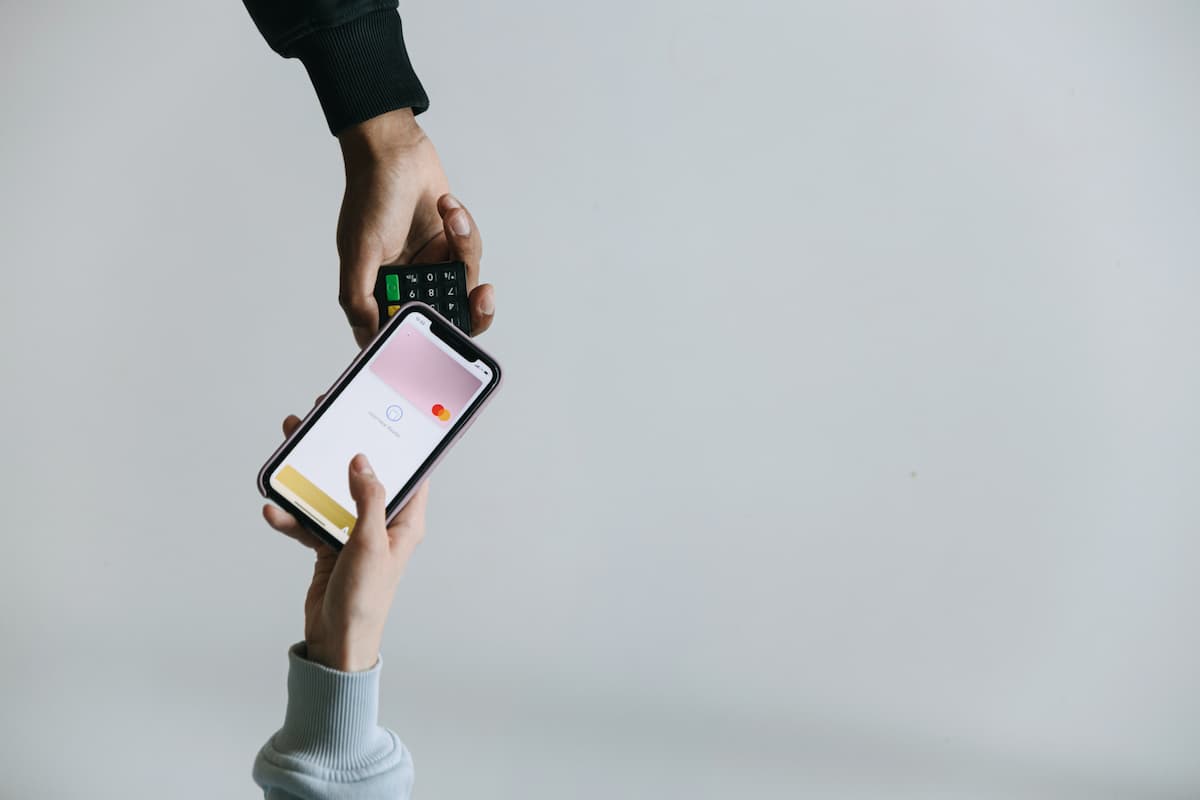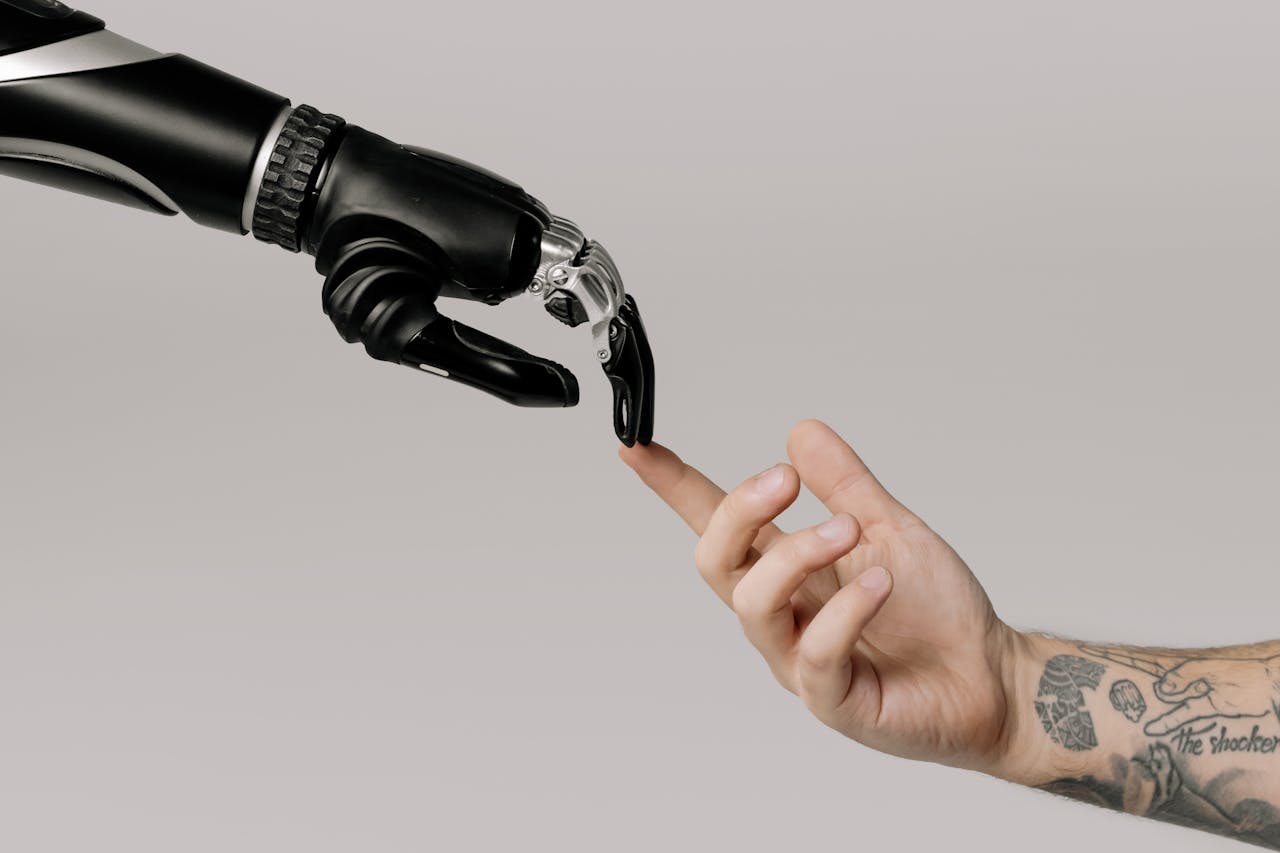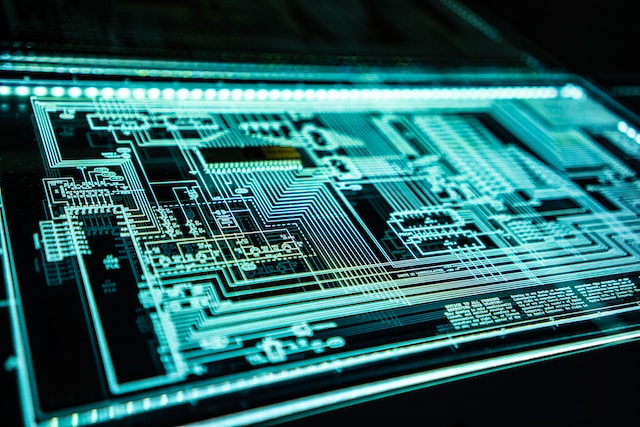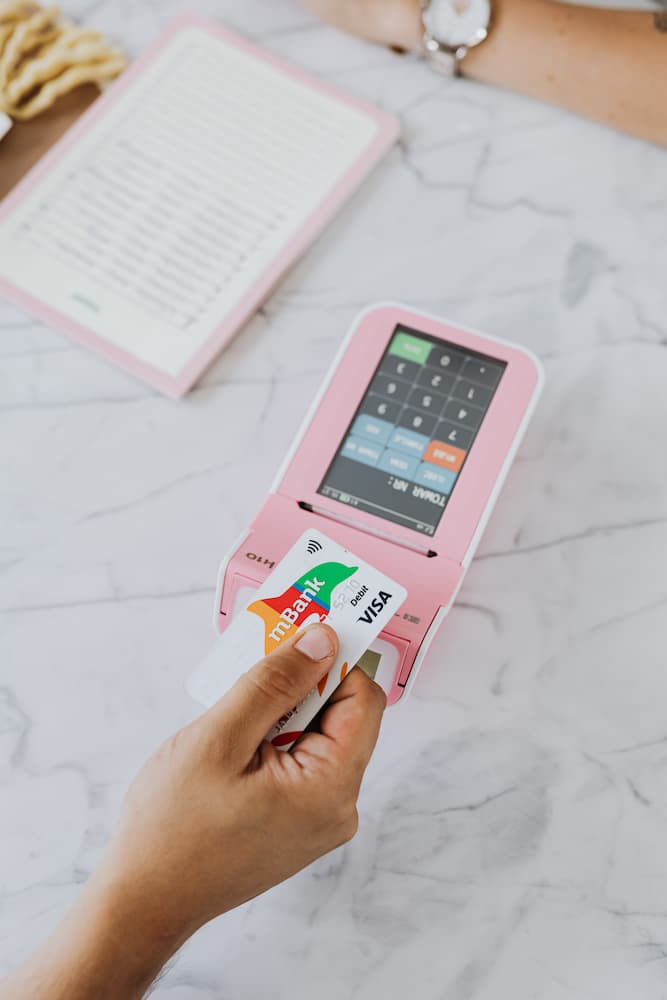The state has provided banks with the most important function – payment and settlement. In today’s realities, efficient development of the monetary settlement system and the financial and economic sphere as a whole is possible with the use of innovative mechanisms. More and more financial institutions adopt new technologies in the payment system and invest in the IT segment.
The direction of industry development is set by the consumers of services and their priorities:
- The availability of the Internet and the growing demand for remote service.
- Convenient and quick ways of financial transactions.
- An opportunity of cashless payment for everyday goods and services (public transport, catering, traffic fines).
- Ability to make purchases by paying with smart gadgets.
All of the above factors are facilitated by the rapid growth of the smartphone market. Considering their functionality, state and commercial banks will use this channel to the maximum.
Internet banking and e-money have become commonplace, but developers are moving on.
Contactless payments
New technologies in payment cards allow consumers to pay for goods and services contactless. The buyer brings the credit card to the terminal and the sum of the payment is seen on the monitor of the device and is written off automatically.
Contactless payment technology is also available to users of smartphones and tablets. If user has a device compatible with contactless payment technology he can pay for orders without a card – all necessary information is kept in his phone.
This method attracts with high speed of operation – it takes 2-3 seconds. The cardholder does not have to enter a pin code into the terminal or sign a receipt.
Non-permanent security code
Security of new technologies in payment cards is a point of interest for every cardholder. In Polish Getin Bank, Ukrainian Monobank and two French banks customers get credit cards with changeable CVV-code.
The 3-digit code is indicated on the back of the financial instrument and is used to confirm online orders on the Internet.
Financial institutions decided to use dynamic DCVC codes instead of static ones for security purposes. The design of the cards includes compact screens where the numbers appear. They update automatically every hour. MasterCard uses the technology.
Account balance
MasterCard is open to innovation. One of them is credit cards which show the account balance. The amount is displayed on a special screen – it’s located in the upper right corner – immediately after the purchase. The balance stays on the monitor for a few seconds.
Holders of such cards can optionally change the settings by programming the display of the balance after the user enters the PIN-code. You won’t have to look for an ATM or terminal to dial the numbers – the option is available directly from the credit card.
Biometric protection
Biometrics is considered the strongest protection of customers’ personal data and funds. Biometric identification cards, smart devices with fingerprint scanners are implemented in many European countries.
To improve protection and expand functionality, developers have equipped Zwipe bank cards with scanners. The first to test them was the Norwegian bank Sparebanken DIN, followed by financial institutions in Poland and Great Britain.
The new tool has been successfully tested and is already used en masse by residents of the aforementioned countries. To unlock access to finance, the user has to place his or her finger on a certain area of the chip, so it is not necessary to remember the PIN code.
It is also convenient that there is no set limit on payments – after identification the user gets access to the entire amount and has the right to dispose of it at his discretion. By the way, most users of biometric protection use it to pay both online and land-based casinos, for example, at Rabona Casino, more than a third of all calculations falls on this type of protection.
One card for all accounts
Another “know-how” will appreciate the customers who have opened several accounts at the bank. All of them will be available on one card, and the developers have provided a special button on its front side to switch between them.
After each use the settings are reset – this measure will eliminate the risk of using the corporate account for personal purchases and vice versa.

Payment with a bracelet
The pioneer was the American company PureWrist – it released a bracelet made of plastic for cashless payment. The bracelet has a slot, similar to a medallion. It is inserted a payment card – its size is several times smaller than usual.
The rest is simple. The buyer brings a hand with a bracelet to the POS-terminal, which supports contactless payment. The necessary sum is written off the account.
Customers can control operations and remit money remotely via Internet banking. Experimental payment jewelry – rings and bracelets with integrated chips – have already appeared and are successfully used in many countries around the world.
On the world market of payment services are leading international payment systems, which are focused on the expansion of their activities through the servicing operations performed with the help of payment cards. First of all, Visa and MasterCard are such payment systems. Competition between payment market participants is high and manifests itself in different forms: competition both between payment systems and between payment instruments (checks, payment cards, electronic money). At the same time, new payment instruments are actively used. This is why payment systems are constantly developing, introducing new technologies and mechanisms in their work, improving their products, primarily payment cards. In order not to lose their share on the payment market, payment systems have to keep up with the times, constantly improving their work by introducing innovative mechanisms and technologies in their work.








